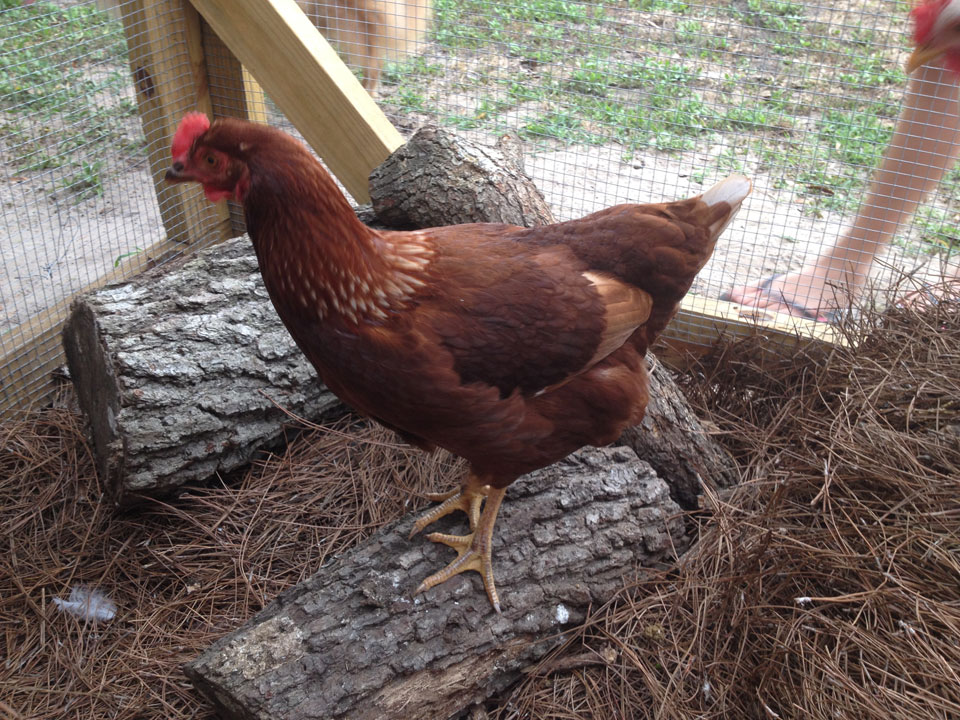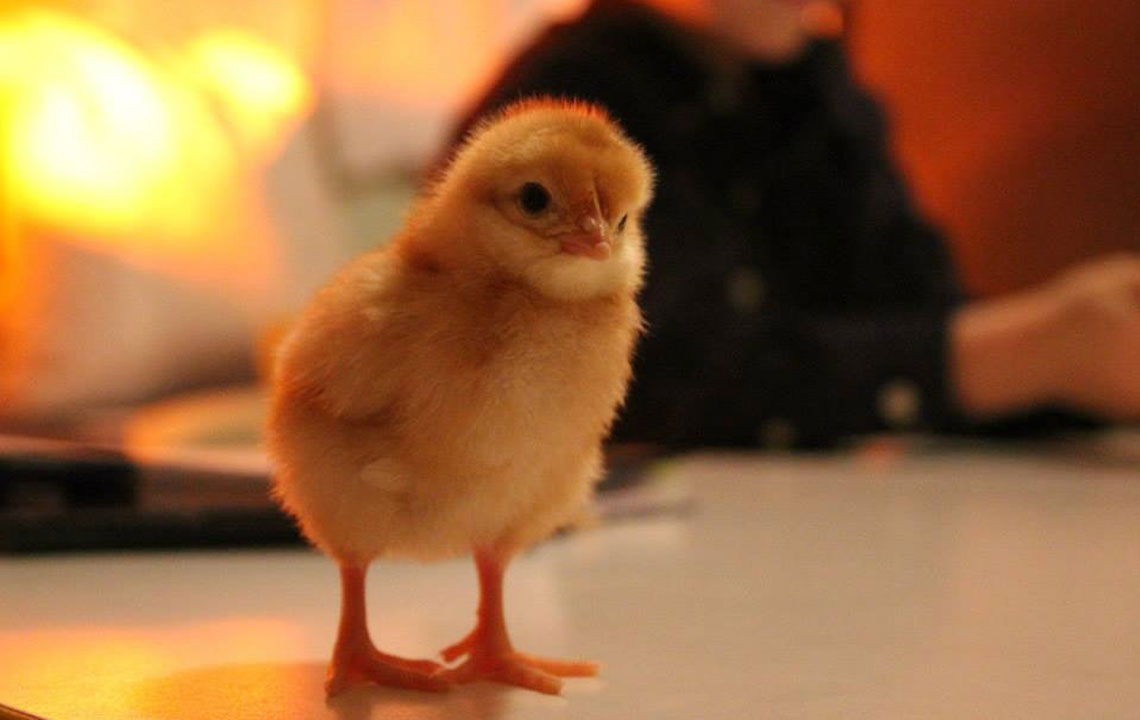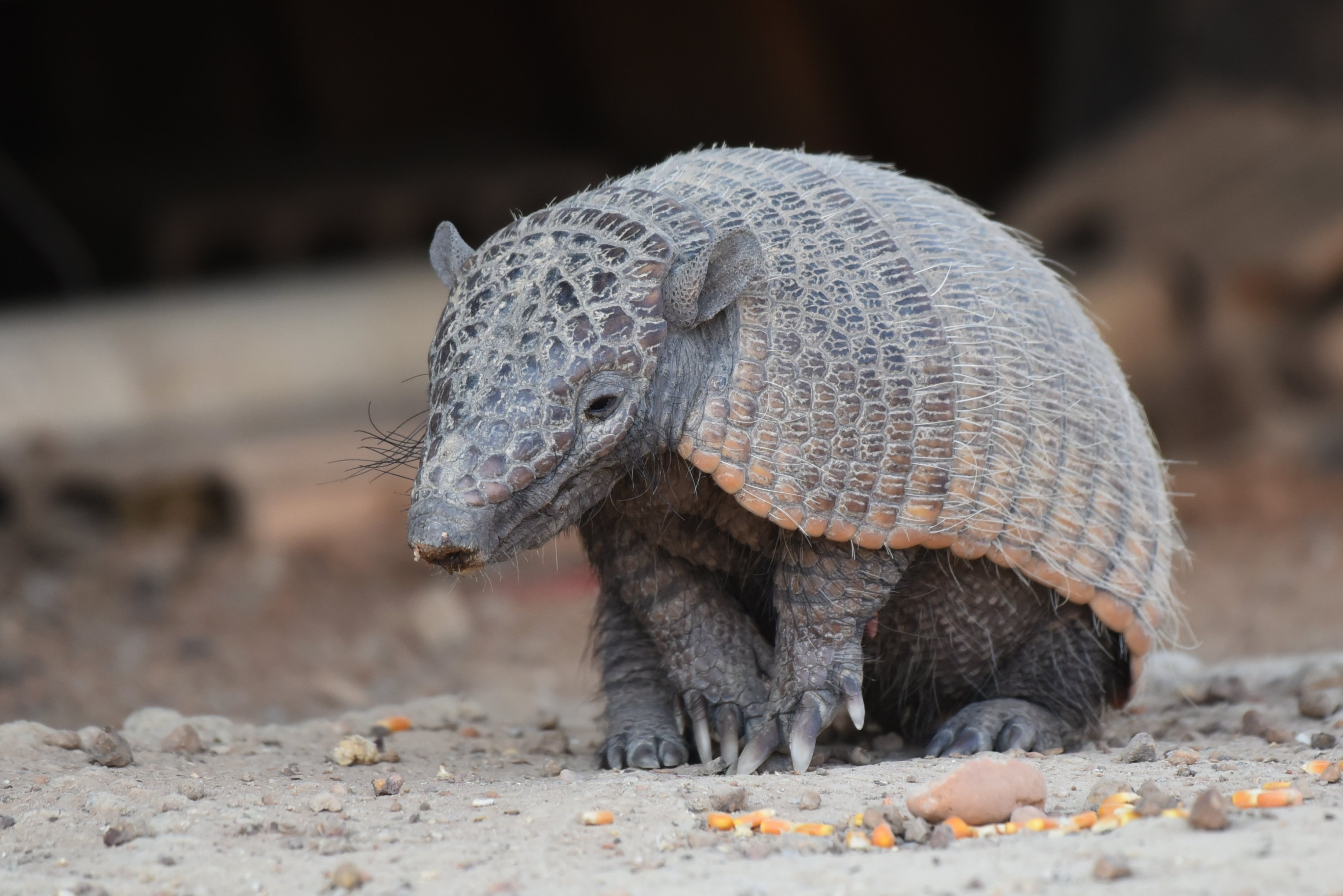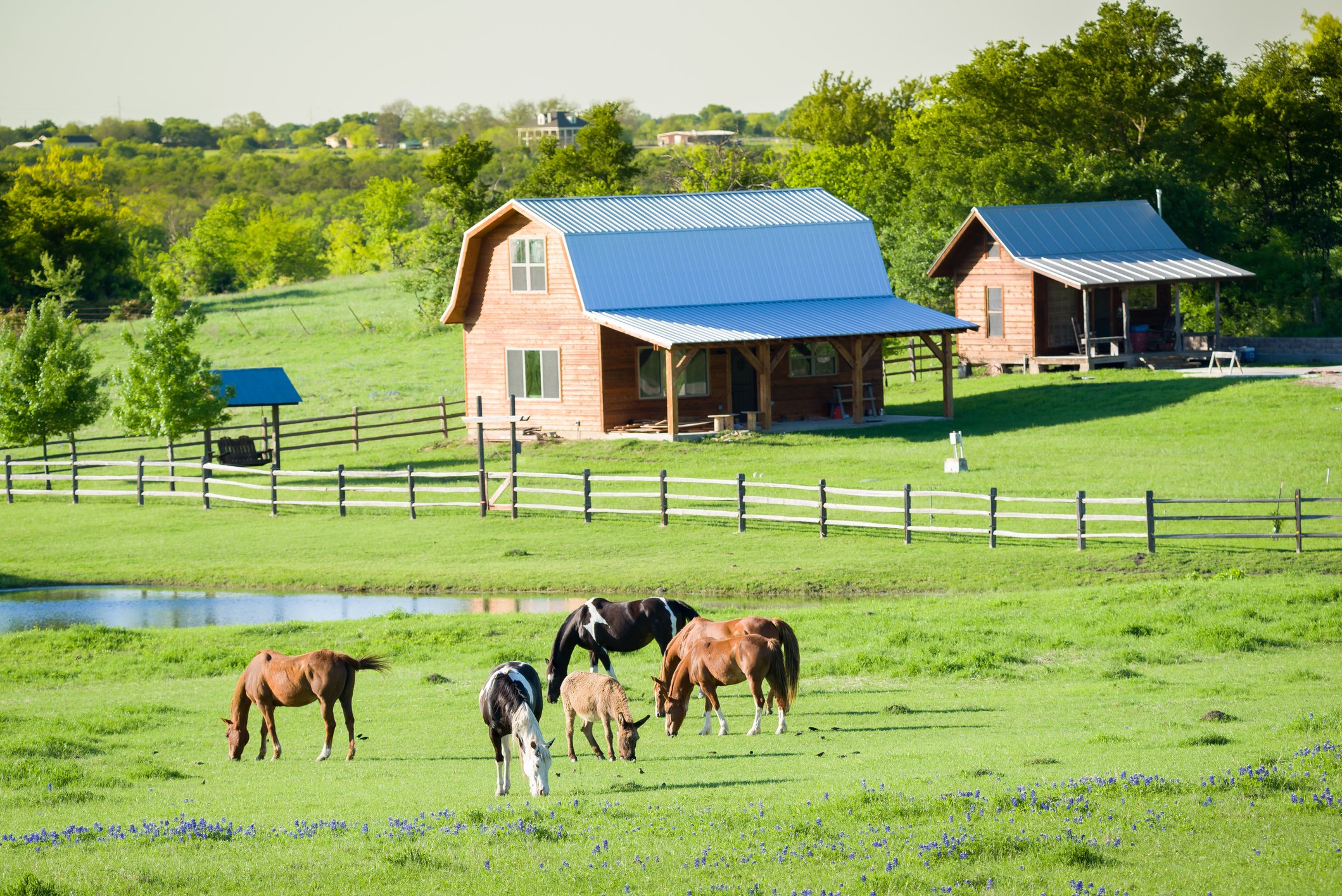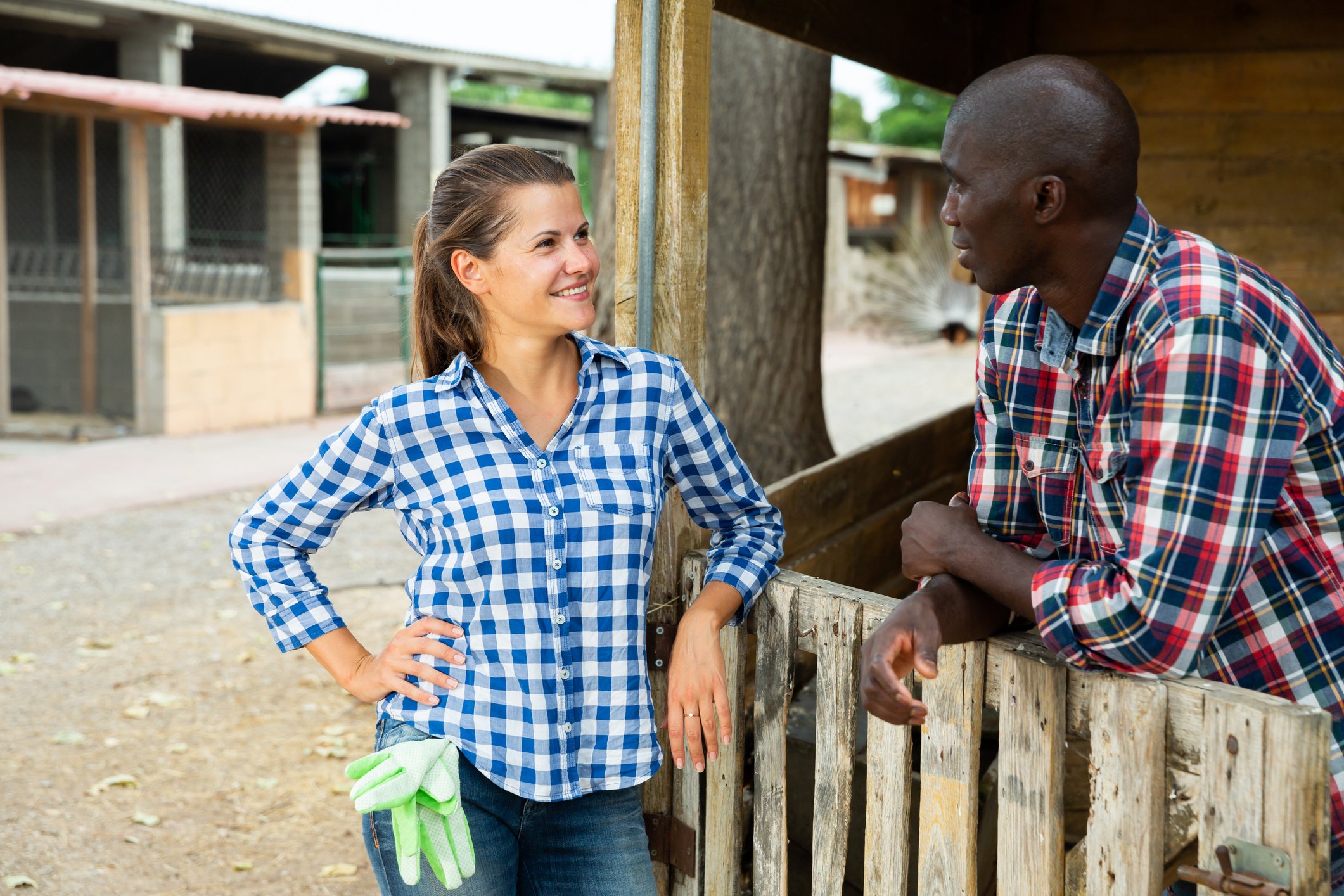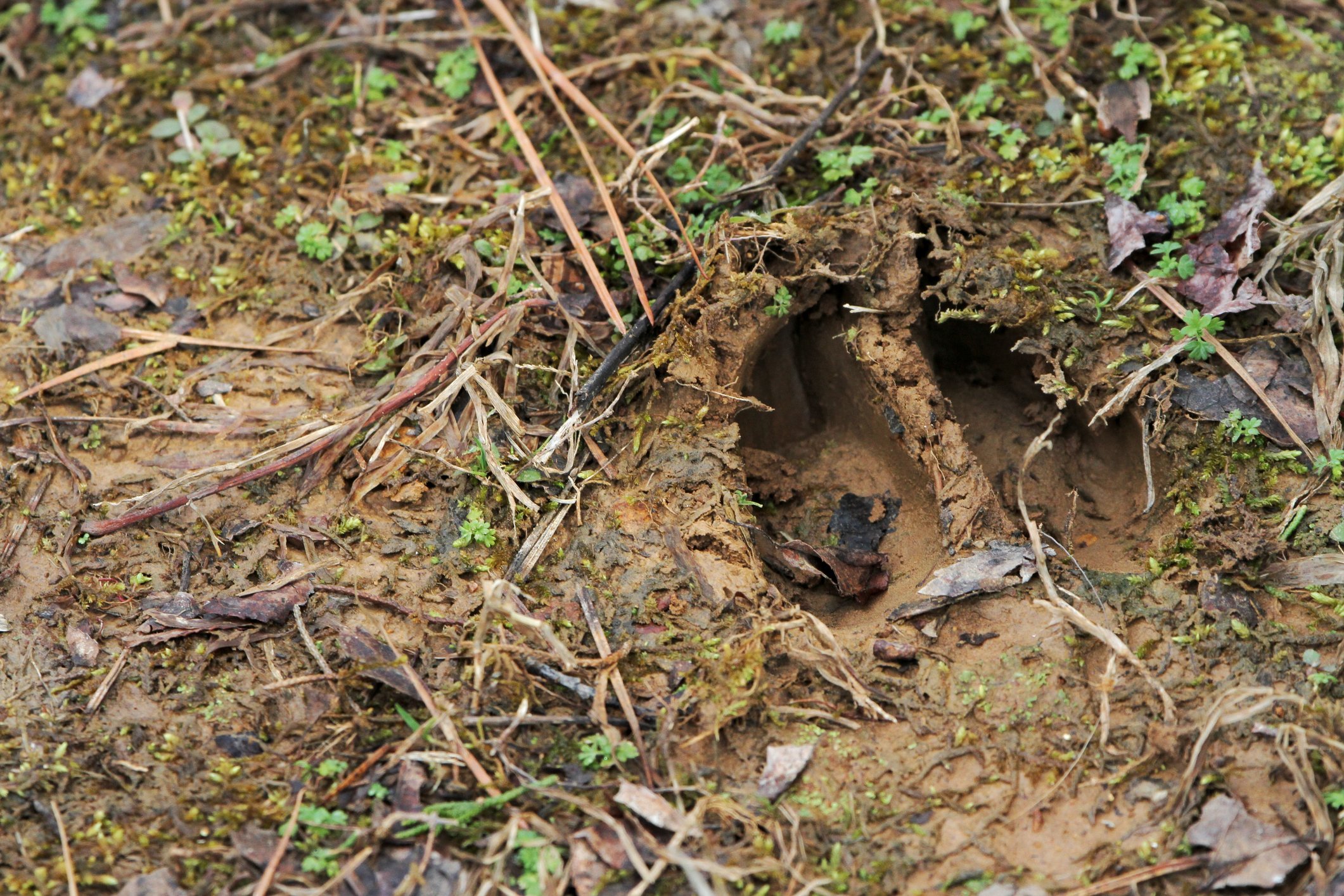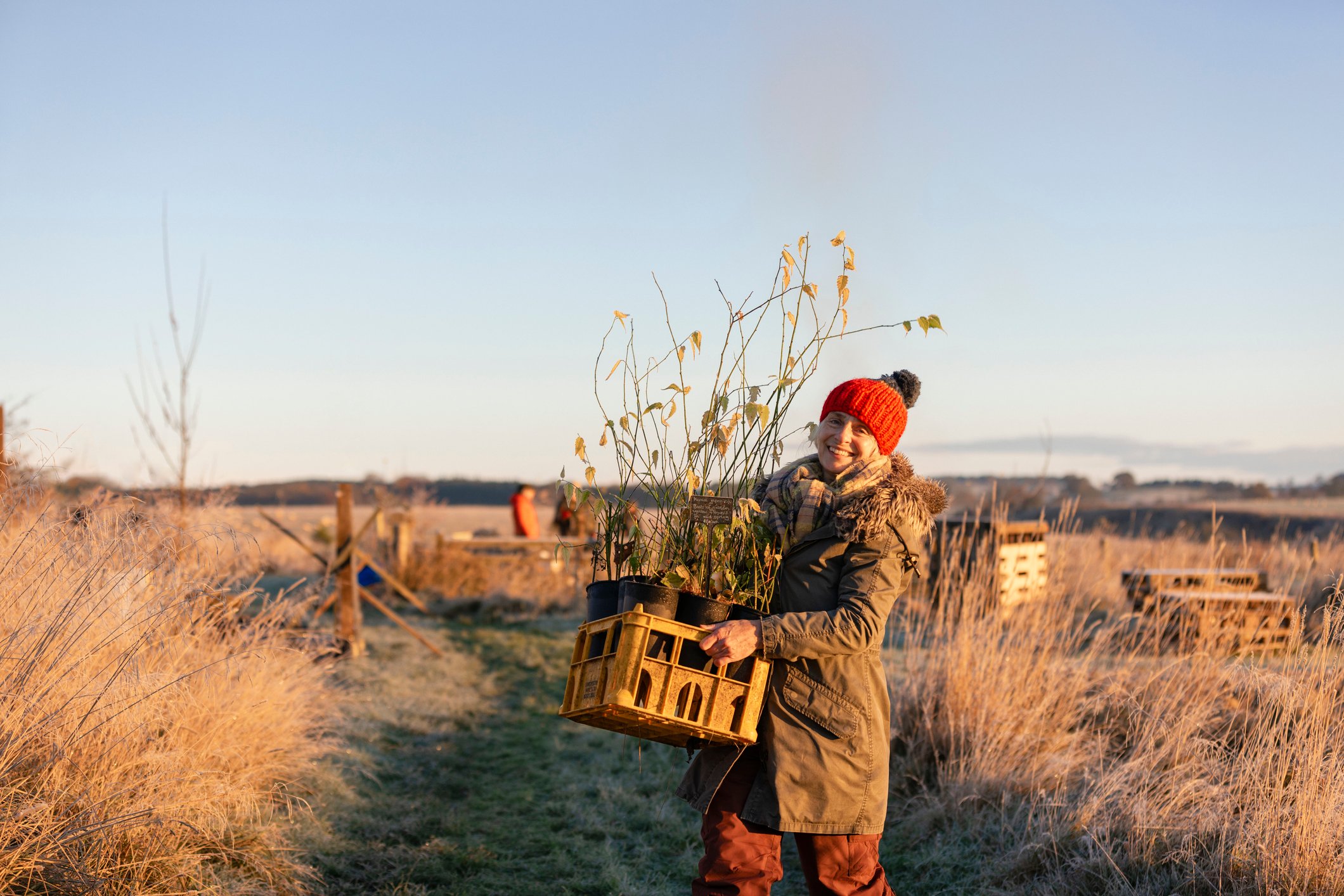A family living in a North Florida subdivision gets a taste of the country life they're yearning for when they decide to start keeping chickens.
NASSAU COUNTY, Florida--It is 7:00 a.m. on Friday morning. As I’m getting ready for work, I hear Leia outside start her egg song. She squawks and crows and struts around for about 5 minutes, letting everyone know that as the queen chicken, she just laid a golden egg. A few hours later the song is repeated, although not quite as exuberantly, when 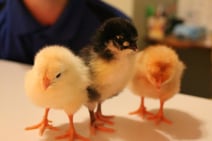 Brownie lays her egg for the day. Leia is our white Leghorn chicken. Brownie who is a Rhode Island Red. We also have two Black Australorps – Lucy and Padme. It is funny how life can change so suddenly with just a simple text from a friend: “Hey, do you want a chicken?”
Brownie lays her egg for the day. Leia is our white Leghorn chicken. Brownie who is a Rhode Island Red. We also have two Black Australorps – Lucy and Padme. It is funny how life can change so suddenly with just a simple text from a friend: “Hey, do you want a chicken?”
We live in your typical Florida subdivision with neighbors 15 feet on either side of us and a full street of houses in front of us. Our property backs up to a conservation area that will never be developed, so it feels a little more private in our back yard, but there is no fence. There is an HOA in our neighborhood and I honestly don’t know if they allow keeping chickens. We didn’t ask. You would never know they were there if you were just walking past the front of the house. In addition to our chicken coop, we also have apple trees, blueberry plants and a garden.
Our neighbor is a teacher and last winter she hatched a bunch of chicks in her classroom. On the day they all hatched we received the text message. I asked my husband, expecting him to say, “No way!” He surprised me, though, with a, “Sure, why not?” Of course we couldn’t get just one: each of our three children needed to have one of their own.
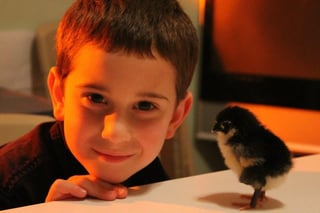 |
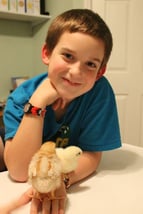 |
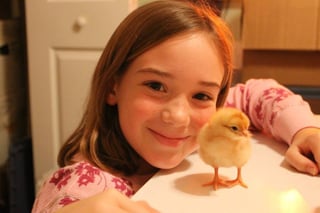 |
When they arrived, they were in a box filled with newspaper and pine shavings, and there was a heat lamp and a package of chick feed. They were so cute and fuzzy. We spent the evening playing and cuddling with them while the kids picked out names. (We actually started out with just 3: Leia, Brownie, and Darth Vader. Darth Vader turned out to be a rooster and so we had to find him a new home, which is a story for another time! We replaced him with two new hens a few months later.)
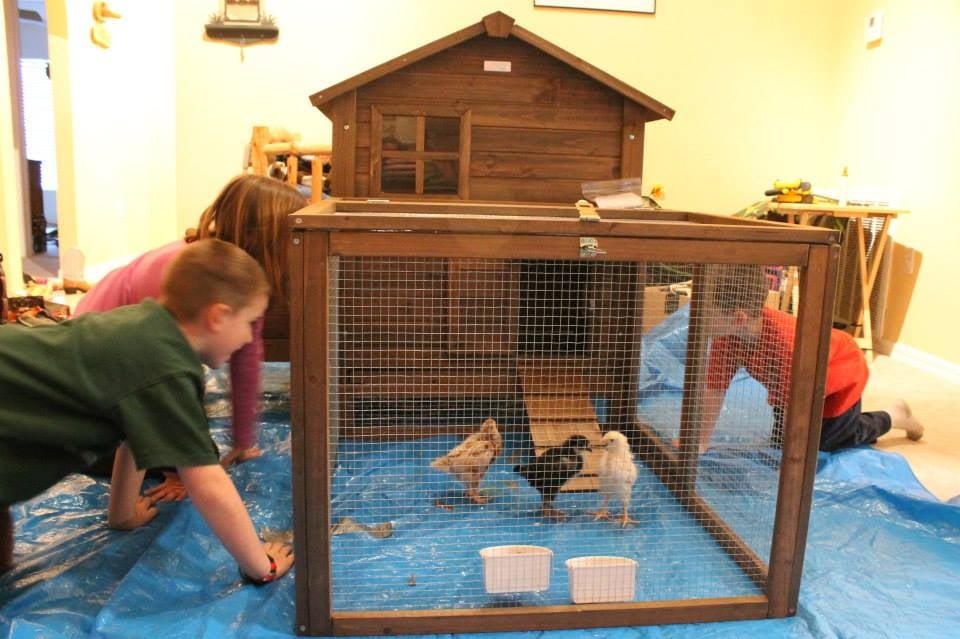
As it sunk in that we now had three chickens in our house, we realized that we had absolutely no idea what to do with them. Thankfully, it turned out to be remarkably easy! Keep them at a very balmy 95 degrees, make sure they have plenty of fresh water and food, and every week or so change out the pine shavings. The first six weeks the chicks were in our house. They graduated from the box to a 3-foot bright pink kiddie pool surrounded by chicken wire, and then to a coop and hen house we purchased online and  set up on top of a tarp in the middle of our living room. It was funny watching people come over, walk into our living room and just stop, staring at the chicken coop in the middle of the floor. The chickens were our nightly entertainment as they explored their coop, the toys we gave them, and the veggies we fed them, deciding who was going to ‘rule the roost’, and discovering their voices.
set up on top of a tarp in the middle of our living room. It was funny watching people come over, walk into our living room and just stop, staring at the chicken coop in the middle of the floor. The chickens were our nightly entertainment as they explored their coop, the toys we gave them, and the veggies we fed them, deciding who was going to ‘rule the roost’, and discovering their voices.
Did you know that some everyday common phrases originated from chicken behavior? Phrases like “rule the roost” and “pecking order.” There is a ruler in each roost of chickens. And there certainly is a pecking order! It can be traumatic to watch as the chickens duke it out to determine the ruler and the pecking order, but the roost is a much happier place once everyone knows where they stand. The ruler, or number one in the pecking order, has first choice at the food bowl and snacks, the best spot on the perch in the hen house, and can pretty much take anything from anyone else without any repercussions. Of course this means the bottom of the pecking order gets what is left.
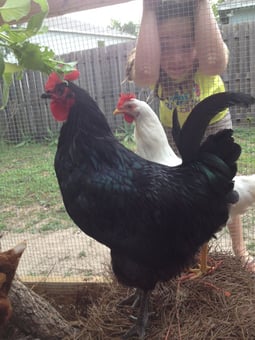 I’m sure you have heard the phrase, “Letting the fox guard the hen house." Amazingly enough, in the backyard of our house in the middle of the subdivision, we did have a fox come to visit our chicken coop. The chickens were not happy about this visit and let us know immediately that there was an unwanted guest. Lucky for the chickens, our coop was predator-proof and the fox was only able to look. He did not scare away easily.
I’m sure you have heard the phrase, “Letting the fox guard the hen house." Amazingly enough, in the backyard of our house in the middle of the subdivision, we did have a fox come to visit our chicken coop. The chickens were not happy about this visit and let us know immediately that there was an unwanted guest. Lucky for the chickens, our coop was predator-proof and the fox was only able to look. He did not scare away easily.
“Flying the coop” and “coming home to roost” are also chickenisms. Chickens leave the coop each morning to search for food and come back to the coop to roost every night. Did you know that a “nest egg” is actually an egg that is left in the nesting box to encourage hens to lay their eggs in that spot? “Birds of a feather flock together” is also true. Our two Black Australops are good friends and they don’t always include the Leghorn or the Rhode Island Red (those two have formed a bit of an ‘outcast’ bond though).
There are many lessons for kids to learn from keeping chickens.
- They learn responsibility: every day they must make sure the water is full, the food is full and check for eggs.
- They learn economics: we let them sell some of the eggs and they split the money to do with as they please.
- They learn where their food comes from and what it takes to put it on the table. There is a sense of pride when we all sit down to a Saturday morning breakfast of eggs that came from our backyard.
- They learn a little veterinary medicine by checking the chickens' health and watching for injuries or disease.
We hear, “You really have chickens in your backyard?” from just about everyone who comes over. Yes, of course, we have chickens in our backyard. We think everyone should. We have a little bit of the country, a taste of farm life - something to keep us connected to where we want to be.
